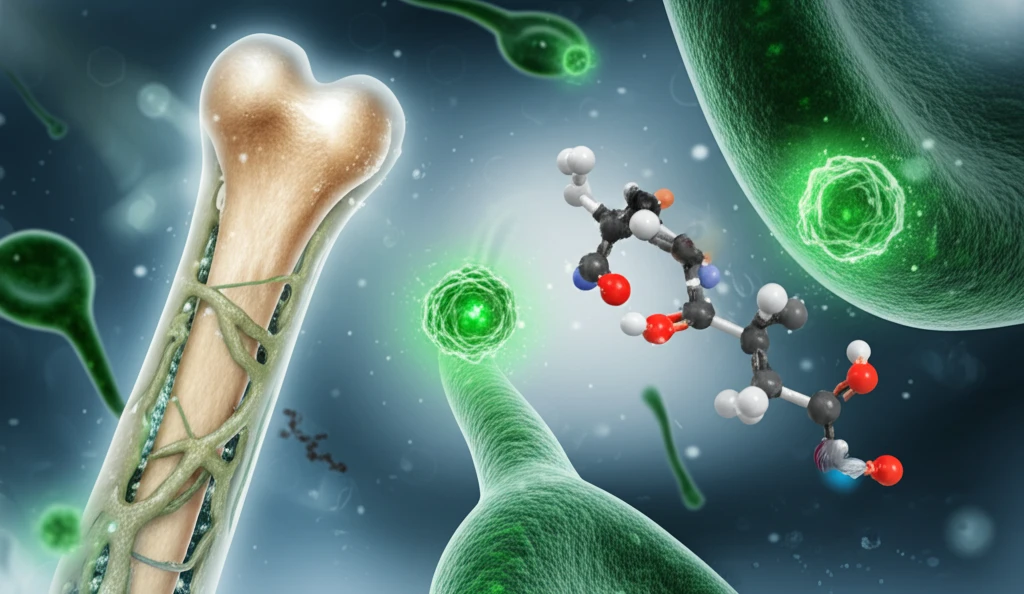
Unlock Your Bone's Potential: How Resveratrol and Stem Cells Could Revolutionize Bone Regeneration
"Discover the groundbreaking research showing how resveratrol enhances mesenchymal stem cell therapy for bone defects, offering new hope for regenerative medicine."
Mesenchymal stem cells (MSCs) hold immense promise for regenerative medicine, particularly in treating skeletal diseases. These cells have the remarkable ability to differentiate into bone, cartilage, and adipose tissue, making them ideal candidates for therapies aimed at repairing and regenerating damaged tissues. However, a significant challenge lies in maintaining their therapeutic potential during the ex vivo expansion necessary for clinical applications.
MSCs tend to age rapidly when cultured outside the body, losing their stem cell characteristics and therapeutic efficacy before reaching the required cell numbers for effective treatment. This limitation has spurred researchers to explore methods to preserve the vitality and regenerative capacity of MSCs during long-term cultivation.
Resveratrol (RSV), a natural polyphenol found in grapes and red wine, has garnered attention for its antioxidant, anti-aging, and bone-protective properties. Recent studies suggest that RSV may enhance the bone-forming capabilities of cells, but in-depth investigations into its effects on MSCs in vivo have been limited. A new study has unveiled promising results regarding RSV's ability to enhance MSC-driven bone regeneration, offering a potential breakthrough in regenerative medicine.
How Does Resveratrol Boost Bone Regeneration?

The recent study investigated the impact of resveratrol on MSCs during long-term culture and their subsequent ability to regenerate bone tissue. Researchers cultured MSCs for six weeks, a period sufficient for the cells to reach the effective cell dose (ECD) required for therapeutic applications. One group of MSCs was cultured with resveratrol (RSV-MSCs), while the other group was cultured without it (control MSCs).
- Enhanced Proliferation: RSV-MSCs exhibited higher proliferation rates compared to control MSCs, reaching the effective cell dose faster.
- Maintained Differentiation Potential: RSV-MSCs retained their ability to differentiate into bone-forming cells (osteoblasts), while control MSCs showed a decline in this capacity.
- SIRT1-SOX2 Axis Activation: Resveratrol activated the SIRT1-SOX2 signaling pathway, which plays a crucial role in maintaining MSC stemness and regenerative potential.
What Does This Mean for the Future of Bone Regeneration?
This study provides compelling evidence that resveratrol can enhance MSC-driven bone regeneration by activating the SIRT1-SOX2 signaling pathway. This approach offers a promising strategy for improving the effectiveness of MSC therapy for treating bone defects and other skeletal diseases. By preserving the vitality and regenerative capacity of MSCs during ex vivo culture, resveratrol can help ensure that these cells reach their full therapeutic potential.
